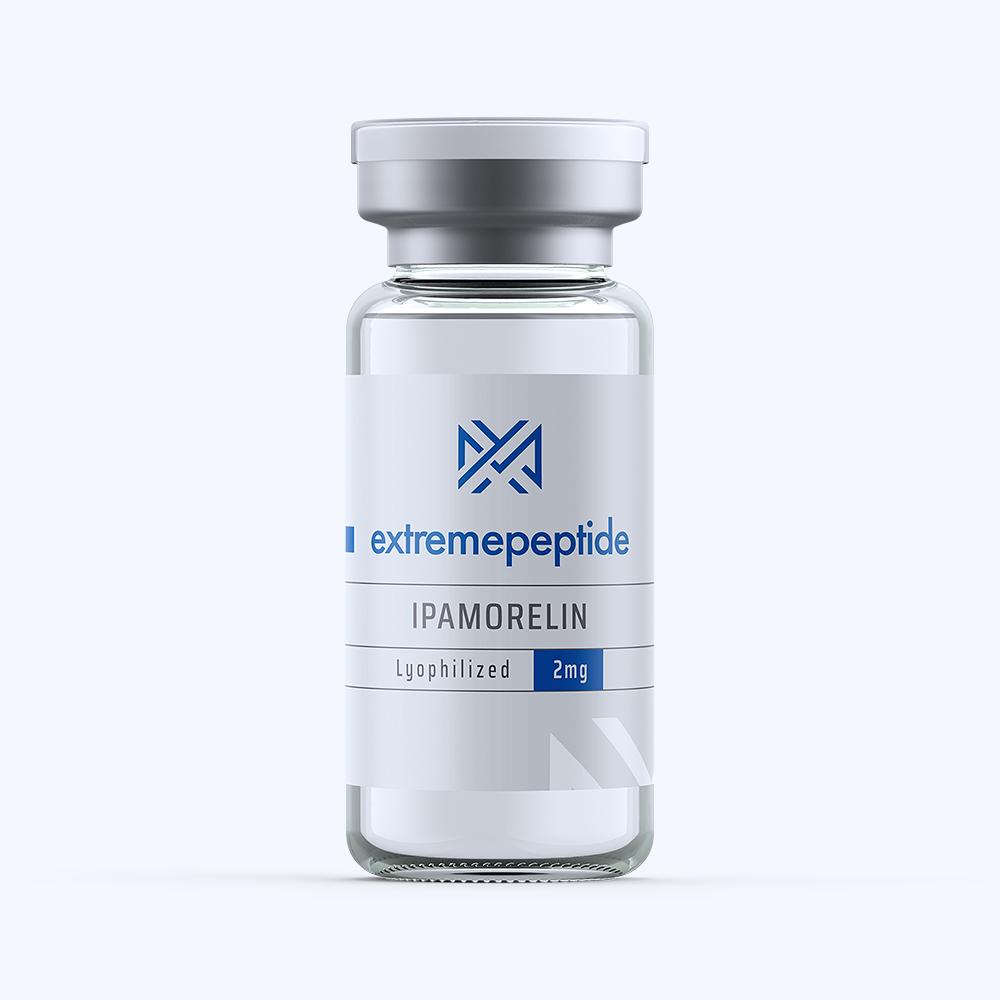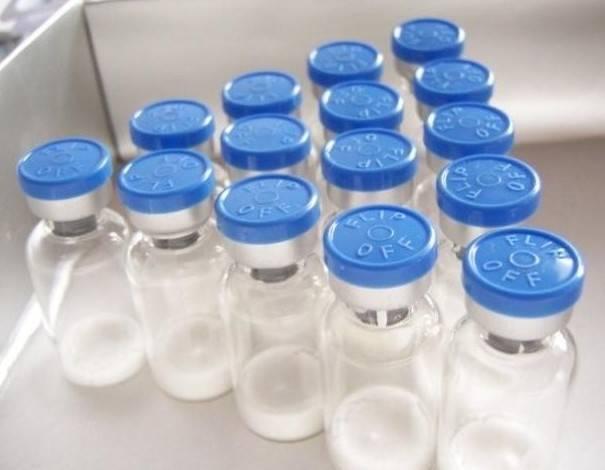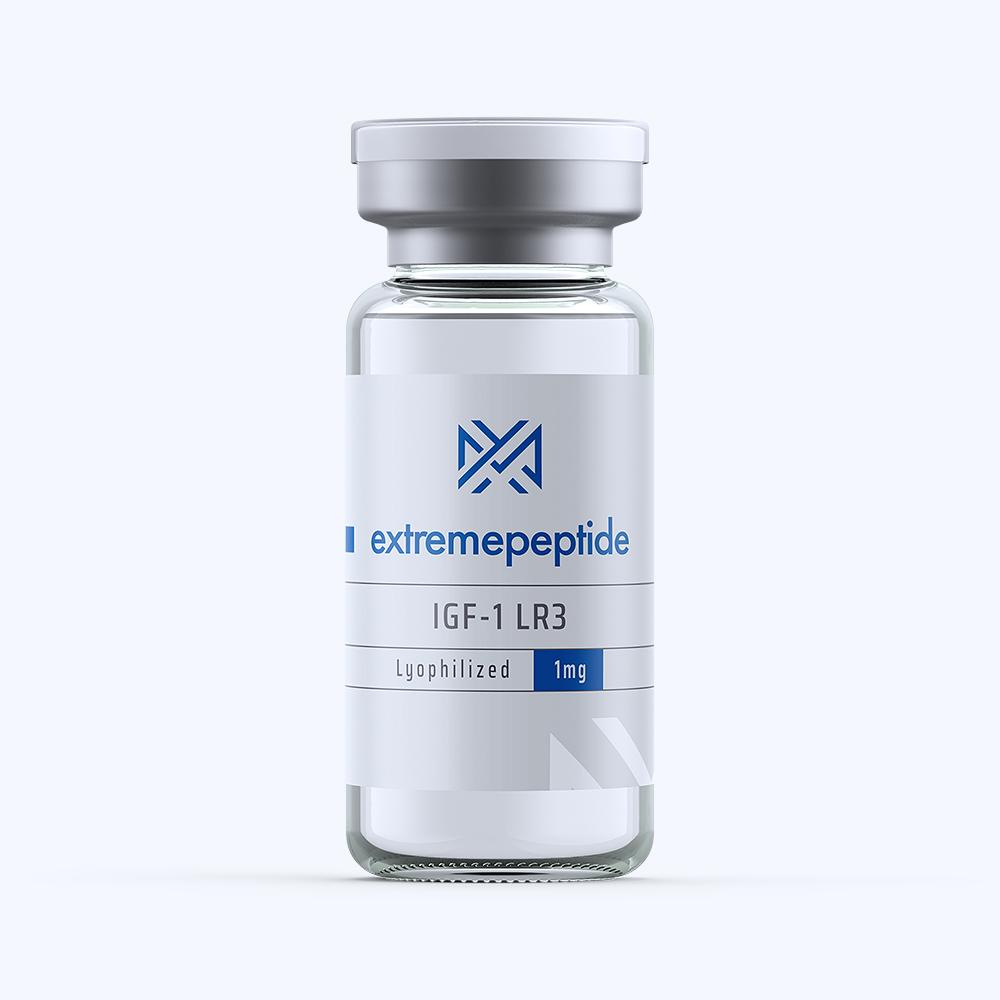(Click here to read our disclaimer)
http://www.extremepeptides.com/product/ipamorelin-2mg/

Ipamorelin is a ghrelin mimetic with a small molecule design. These chemicals will bind to the control points for gastric motility, growth and appetite in an animal.
In a research setting, GHRPs such as ipamorelin are used to isolate naturally occurring GHS in animals. Ipamorelin is used in research settings to stimulate ghrelin, the hunger hormone that an animal’s stomach cells release.
Animal studies frequently create ghrelin infusions in an attempt to increase gastric emptying in animals that are given diabetic or idiopathic gastroparesis for the sake of study. Ipamorelin is often preferred for research settings because it has a significantly longer half-life than ghrelin and has a higher potency than similar peptides when applied in vivo.
Animals also tend to have a much higher tolerance for high applications of ipamorelin compared to similar peptides.
Development and Process
Ipamorelin was specifically designed by scientists as a potent hormone secretagogue to increase the potency and efficacy of pentapeptide exposure in vivo and in vitro.
- Profiling of this chemical demonstrates that it antagonists while releasing a ghrp-like receptor.
- Studies in rats comparing the effects of ipamorelin to similar synthetic peptides have described the efficacy and potency of this chemical to that of ghrp-6. However, studies in swine have found that ipamorelin also affects LF, FHS, THS and PRL plasma levels, which ghrp based peptides typically do not.
Also unlike ghrp peptides, ipamorelin has not been found to release ACTH or significantly affect cortisol plasma levels, even at very large applications. This makes the reactions and behavior of ipamorelin in test subjects such as rats and swine increasingly similar to ghrh.
Comparing Ipamorelin GHRP-6 and GHRP-2
These three chemicals have very similar modes of stimulating some hormones, but have very different effects on the body as a whole.
- Each chemical helps a test subject’s body release ghrelin in milligram levels.
- Ghrp-2 tends to increase hormone levels to a higher level than ghrp-6 or ipamorelin.
- In research settings, ghrp-6 has been found to increase hunger at higher levels than other peptides.
- Ghrp-2 raises cortisol, prolactin and aldosterone than ipamorelin.
Ipamorelin has not been shown to raise hunger at a significant level in test animals. Some have also found that test subjects were sensitive to aldosterone, cortisol or prolactin, which made ipamorelin a safer choice to study the reactions in animals without inadvertently causing unwarranted side effects that could alter testing results.
While imaporelin is generally more highly tolerated in large applications than other experimental peptides, there is still a great deal of research necessary to understand how this chemical interacts with natural substances. Additional factors added to an experimental setting may affect the efficacy in the animal’s body. This should be noted carefully to determine the appropriate application for your test subjects.
Click here to view our entire PDF research library
Click here to view or download this article in PDF format



